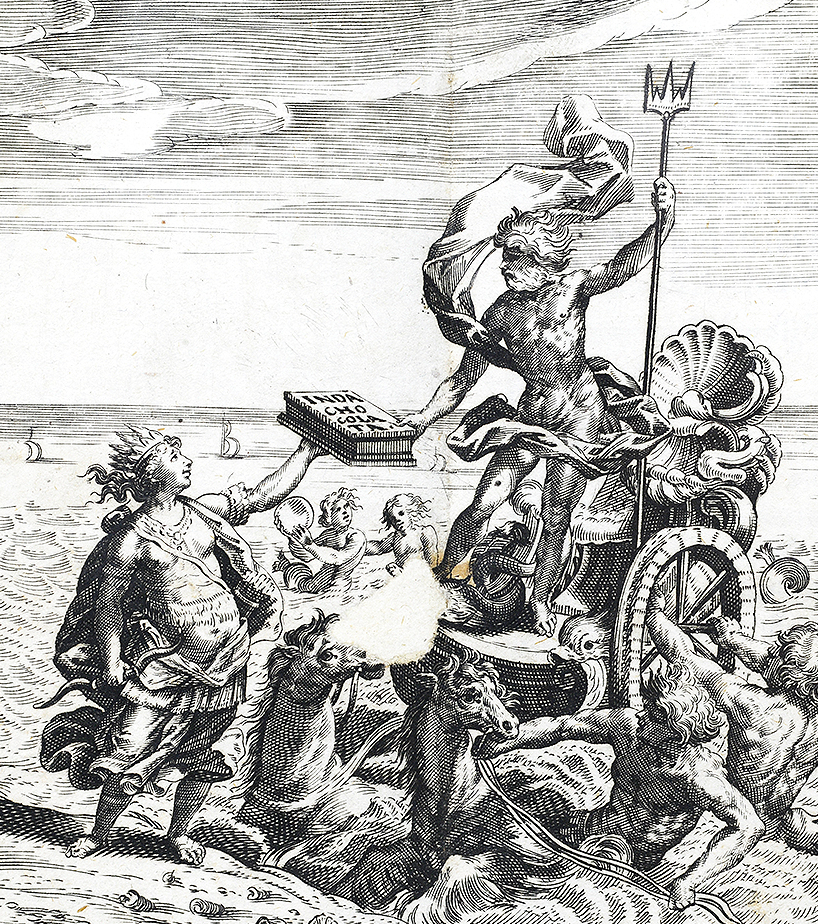Link to article.

A 55,000-year-old partial skull found in Manot Cave in western Galilee in January 2015 suggests that modern humans were in the Levant around the same time as Neanderthals. PHOTOGRAPH BY MENAHEM KAHANA, AFP, GETTY IMAGES
Where did our species come from, and how did we get from there to everywhere?
Genetic studies have supplied a convincing answer to the first question: Our modern human ancestors evolved in Africa, then swept across Eurasia beginning some 60,000 to 50,000 years ago. Now, a pair of American archaeologists claim to have uncovered the route those early Homo sapiens took on their way to populating the planet.
By following the broken trail of stone tools that modern humans left behind like bread crumbs marking their path, researchers propose that our ancestors took a circuitous path through Arabia, pausing there for some 50,000 years when it was a green oasis. Then they journeyed on to the Middle East, where they first encountered Neanderthals.






